Mani Sadati
BDFA: A Blind Data Adversarial Bit-flip Attack on Deep Neural Networks
Jan 07, 2022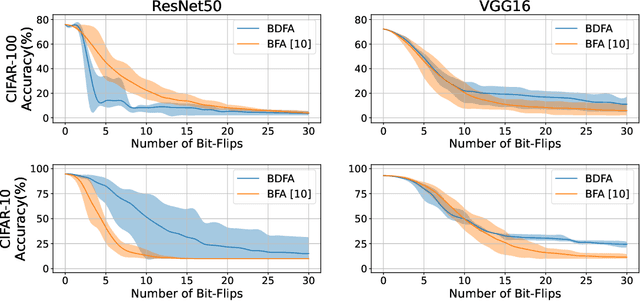

Abstract:Adversarial bit-flip attack (BFA) on Neural Network weights can result in catastrophic accuracy degradation by flipping a very small number of bits. A major drawback of prior bit flip attack techniques is their reliance on test data. This is frequently not possible for applications that contain sensitive or proprietary data. In this paper, we propose Blind Data Adversarial Bit-flip Attack (BDFA), a novel technique to enable BFA without any access to the training or testing data. This is achieved by optimizing for a synthetic dataset, which is engineered to match the statistics of batch normalization across different layers of the network and the targeted label. Experimental results show that BDFA could decrease the accuracy of ResNet50 significantly from 75.96\% to 13.94\% with only 4 bits flips.
FitAct: Error Resilient Deep Neural Networks via Fine-Grained Post-Trainable Activation Functions
Dec 27, 2021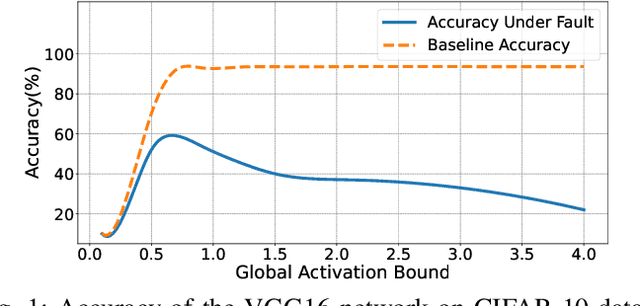
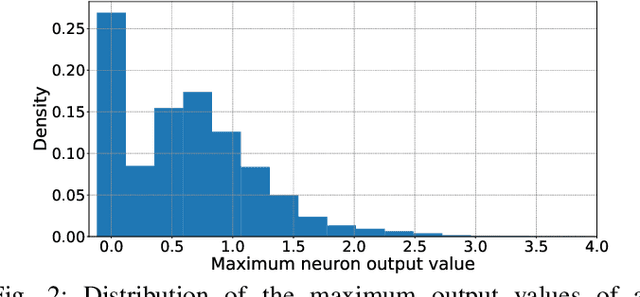
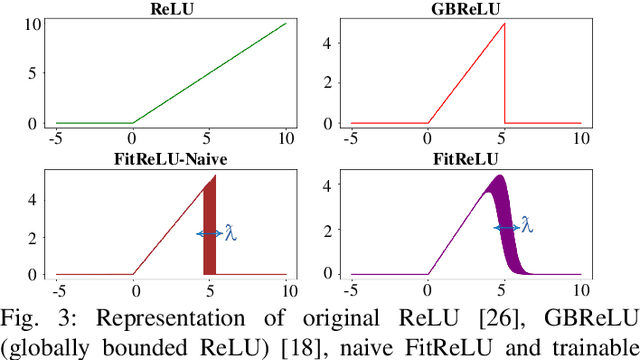
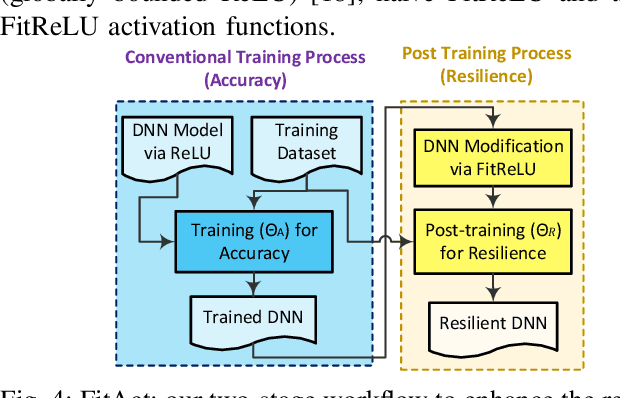
Abstract:Deep neural networks (DNNs) are increasingly being deployed in safety-critical systems such as personal healthcare devices and self-driving cars. In such DNN-based systems, error resilience is a top priority since faults in DNN inference could lead to mispredictions and safety hazards. For latency-critical DNN inference on resource-constrained edge devices, it is nontrivial to apply conventional redundancy-based fault tolerance techniques. In this paper, we propose FitAct, a low-cost approach to enhance the error resilience of DNNs by deploying fine-grained post-trainable activation functions. The main idea is to precisely bound the activation value of each individual neuron via neuron-wise bounded activation functions so that it could prevent fault propagation in the network. To avoid complex DNN model re-training, we propose to decouple the accuracy training and resilience training and develop a lightweight post-training phase to learn these activation functions with precise bound values. Experimental results on widely used DNN models such as AlexNet, VGG16, and ResNet50 demonstrate that FitAct outperforms state-of-the-art studies such as Clip-Act and Ranger in enhancing the DNN error resilience for a wide range of fault rates while adding manageable runtime and memory space overheads.
 Add to Chrome
Add to Chrome Add to Firefox
Add to Firefox Add to Edge
Add to Edge